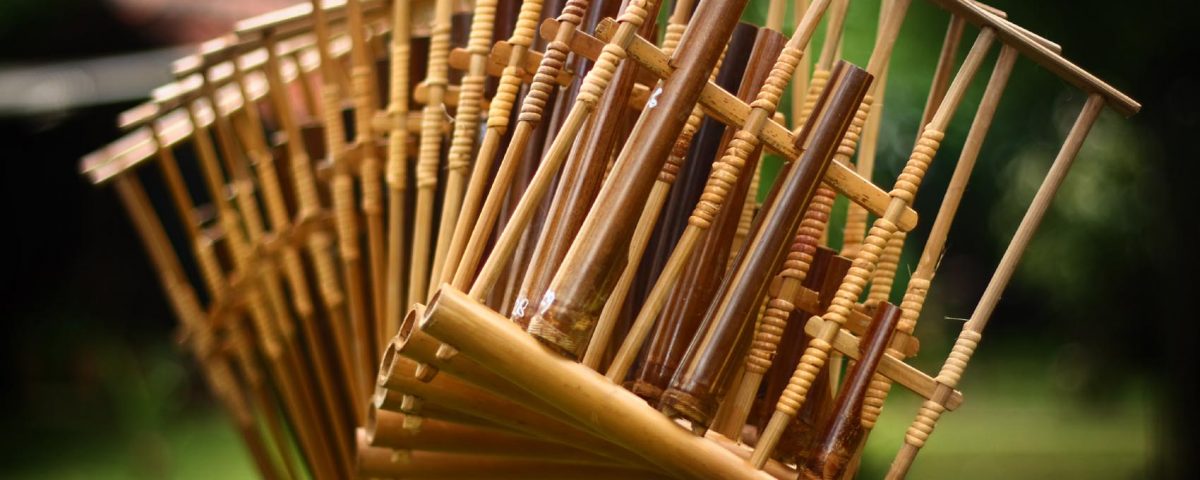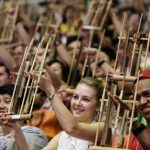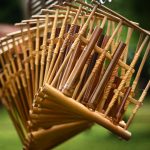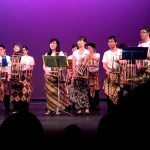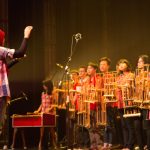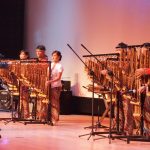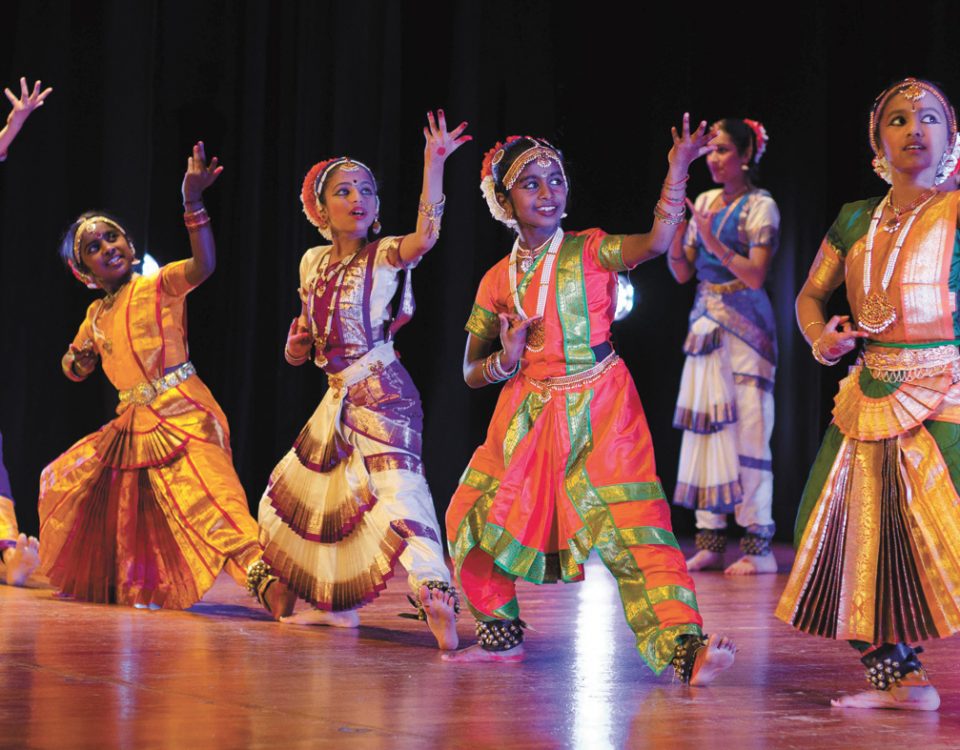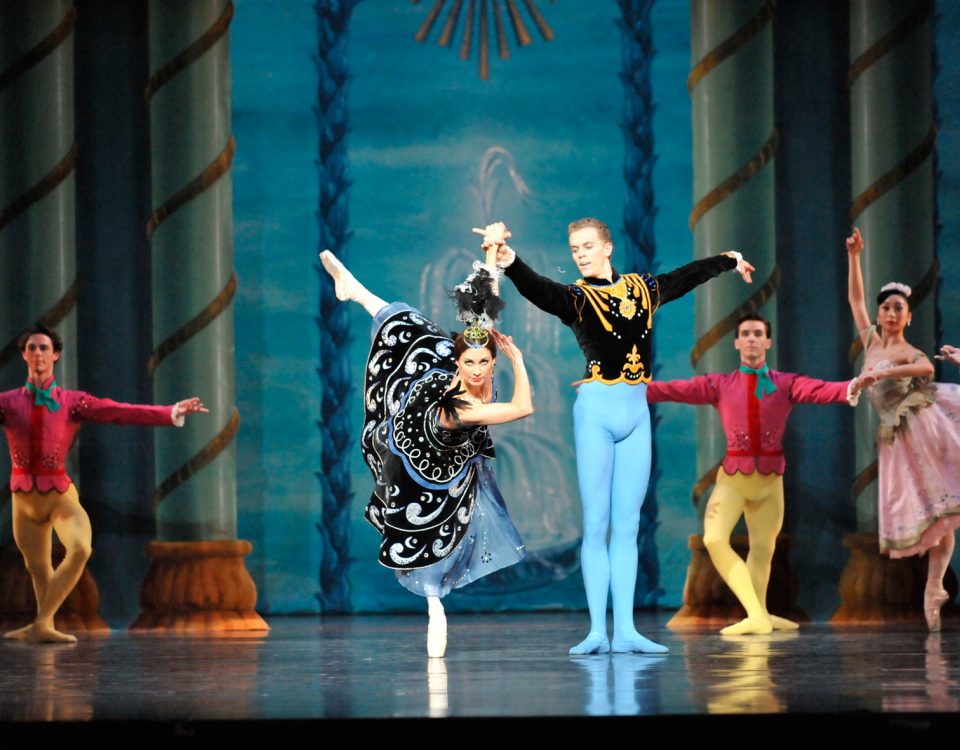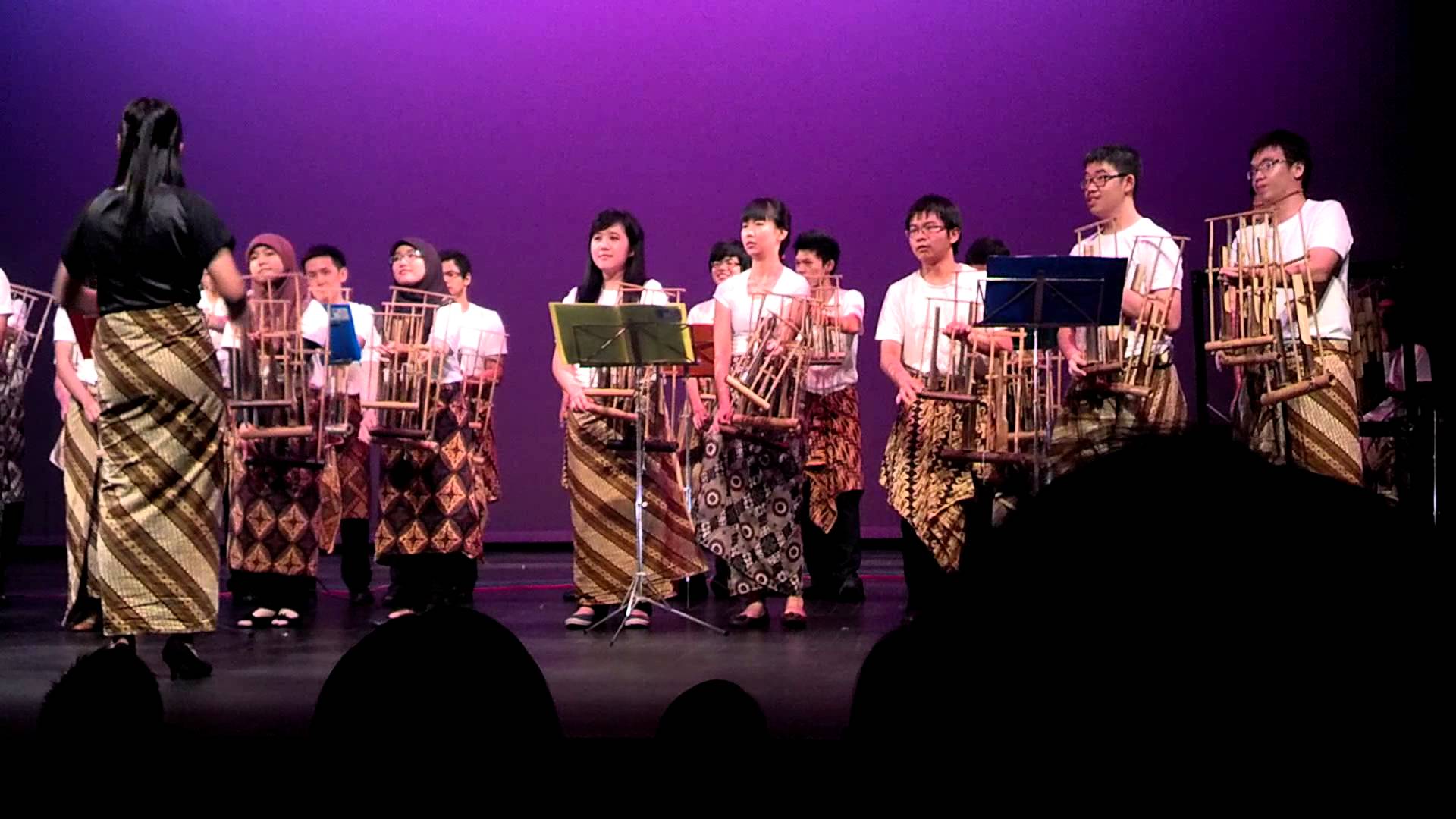
The angklung in its “crude” form dates back to ancient times, long before the acceptance of the gamelan orchestra, which was introduced into Indonesia with the arrival of Hindu culture. It was associated with the hobby-horse trance dancing known as kuda kepang. When attractive and more functional Western instruments began pouring in from Europe, interest in the native bamboo instrument waned.
Angklungs gained popularity in Singapore in the early sixties when Pak Kasur, an acclaimed Indonesian music teacher, was invited to Singapore in 1959 as part of the Indonesian cultural mission. While he was here, he made Malay recordings for Radio Singapura’s children’s programme. Pak Kasur returned to Singapore in May 1960 at the invitation of the Singapore government under the cultural exchange programme between Indonesia and Singapore, and during his three months’ stay, Pak Kasur taught schoolchildren how to play the angklung. Efforts to promote this musical form sustained after Pak’s tutelage.
A series of 13 programmes of angklung music in the four official languages were recorded by local bands and broadcast over Radio Singapura in March 1961. An angklung player holds the instrument in one hand and shakes it with the other. A melody is performed by a group of players shaking angklungs of different pitches. Each performer can hold a maximum of two angklungs, one on each hand.

